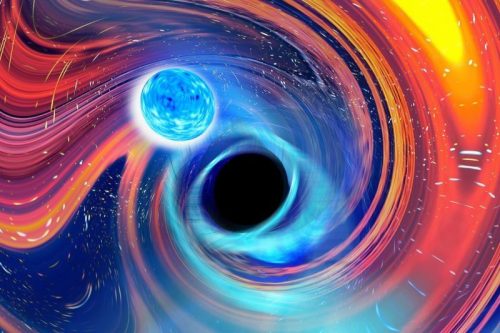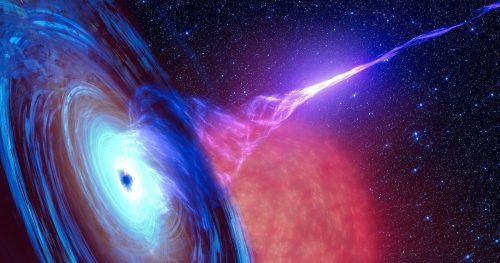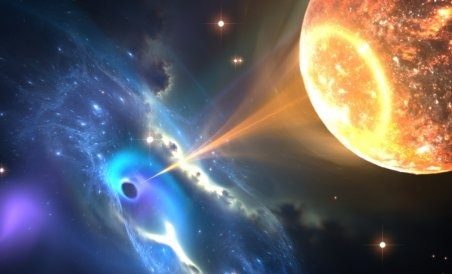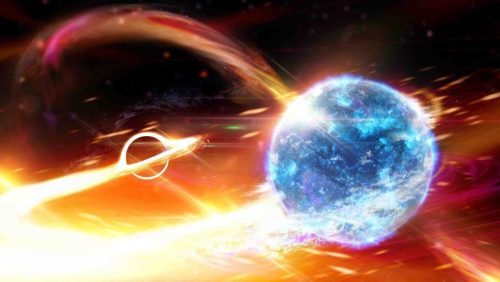
Astronomy offers a constant stream of wonder and awe, and sometimes it presents opportunities to make groundbreaking discoveries.
In January 2020, astronomers observed an astonishing phenomenon not once but twice: neutron stars being engulfed by black holes.
This rare occurrence, observed just ten days apart, provided crucial insights into the nature of these extreme celestial objects.
The Laser Interferometer Gravitational-wave Observatory (LIGO) and the Virgo Observatory made these extraordinary observations, capturing gravitational waves that shed light on the final moments before the neutron stars met their fate.
Neutron stars and black holes are the remnants of massive stars that have exhausted their nuclear fuel. When stars approximately eight times more massive than our Sun go supernova, they either form neutron stars or collapse into black holes.
Neutron stars are incredibly dense, packing their mass into a city-sized object, while black holes exhibit an event horizon, beyond which even light cannot escape.

The first observation, named GW200105, occurred on January 5, 2020. LIGO and Virgo detected gravitational waves produced during the final thirty seconds of a neutron star’s orbit around a black hole before their eventual collision.
Remarkably, just ten days later, GW200115 showcased a second collision between a neutron star and a black hole, occurring around 900 million years ago.
Determining the cause of gravitational waves involves meticulous analysis and comparisons between observational data and supercomputer simulations.
For GW200105, astronomers inferred that an object approximately 8.9 times the mass of the Sun collided with a lighter object around 1.9 times the solar mass.
The most plausible explanation was a black hole and a neutron star pairing.
Similarly, GW200115 indicated a 5.7-solar-mass black hole merging with a 1.5-solar-mass neutron star.
While there is no definitive evidence that the lighter objects are neutron stars, the prevailing hypothesis is that these observations align with the merger of neutron stars and black holes.
These groundbreaking discoveries offer invaluable insights into the evolution of stars. The merging neutron star-black hole systems provide a unique opportunity for gravitational-wave astronomers to study the life cycles of massive stars.
By analyzing the gravitational waves emitted during these collisions, researchers gain crucial data about the composition and behavior of matter under extreme pressure and density.
The study of neutron star-black hole collisions also allows for the direct measurement of the merger rate, providing estimates of tens or hundreds of thousands of such events occurring across the universe annually.

Continued observations will refine these measurements and deepen our understanding of these mysterious cosmic interactions.
The search for more neutron star-black hole collisions continues as LIGO and Virgo enhance their sensitivity.
Astronomers expect to witness thousands more gravitational-wave detections over the coming decade, which will further enrich our knowledge of the universe’s enigmatic objects.
The detection of neutron stars swallowed by black holes, not once but twice within ten days, stands as a monumental achievement for astronomy.
These findings unlock new pathways for exploring the life cycles of stars, understanding space-time, and examining matter under extreme conditions.
Gravitational-wave astronomers, akin to stellar fossil-hunters, are piecing together the laws of nature governing the most extreme and impenetrable objects in the cosmos.

Through continued observations and analysis, the secrets of neutron star-black hole collisions and the mysteries of the universe will be unveiled, propelling us into new frontiers of astronomical understanding.
